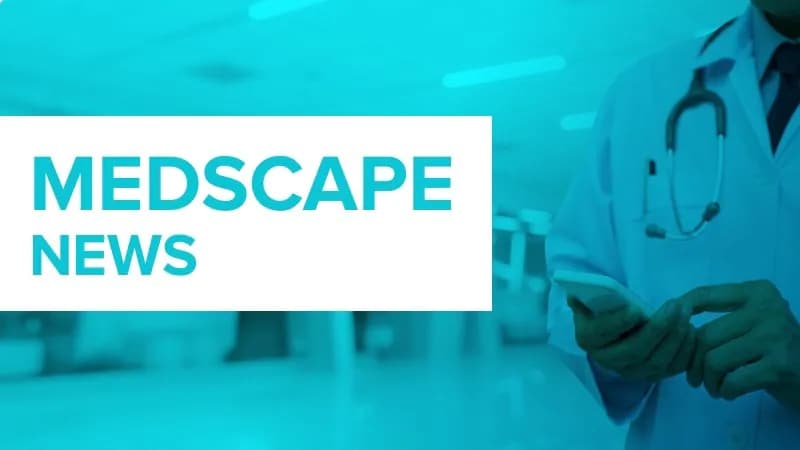Most people with diabetes who turn to the crowdfunding website GoFundMe out of desperation to obtain insulin don’t receive the funds they’re seeking, new research finds.
Overall, about 8 million Americans have turned to online crowdfunding for medical expenses, and GoFundMe is the largest of those sites. The price of insulin doubled between 2012 and 2016, while in 2017 about 9% of the US population lacked health insurance.
Thus, many who turn to GoFundMe are people who have insulin-treated diabetes themselves or are family members of those with the condition.
This new study is believed to be the first to examine the use of GoFundMe specifically for insulin. The findings were recently published in JMIR Diabetes by Julia E. Blanchette, PhD, of the College of Nursing, University of Utah, Salt Lake City, and colleagues.
The investigators found that the “overwhelming majority” of campaigns were not fully funded. And those that were funded tended to be for those requesting smaller dollar amounts, thus representing only a temporary solution. And a large proportion of those seeking help from GoFundMe were from southern US states that did not expand Medicaid under the Affordable Care Act.
“The main takeaway is that GoFundMe is not a reliable source to obtain funds to pay for insulin in the United States. Unfortunately, accessing insulin remains a challenge for many people living with diabetes,” study co-author Michelle L. Lichtman, PhD, also of the University of Utah College of Nursing, told Medscape Medical News.
The research identified several common themes among the campaigns, including the desire for self-management and survival and the aftermath of insulin unaffordability.
“Participants were seeking financial support on GoFundMe because they wanted to take care of themselves but lacked the funds to do so,” Lichtman noted.
Clinicians should be aware of patients’ financial needs, she advised.
“While some might feel comfortable reaching out to their healthcare providers about their inability to afford medications, a subset will not for a variety of reasons…Clinicians should proactively ask every patient if they have any concerns about being able to pick up their insulin. There are insulin assistance programs that some people living with diabetes may qualify for. However, not everyone is eligible,” she said.
Successful Funding More Likely When Less Requested
The analysis included a total of 205 GoFundMe campaigns for insulin from February 25 to April 15, 2019, of which 39% were for people aged 26-64 years and 81.7% of those specifying which diabetes type had type 1 diabetes.
Campaign goals ranged from $50 to $200,000 (median $1100). The amount raised ranged from $0 to $6920. More than a third (37.6%) received no funding, while just 10.7% (22) were fully funded.
Requests for $500 or less were significantly more likely to receive funding than those for more than $500 (P = .007).
Nearly half (48.8%) of the campaigns came from the southern United States. The median household income in the requestors’ states was $55,537 per year, compared with the 2019 US national average of $68,703. Just under half of requesters (44.4%) lived in non-Medicaid expansion states.
Nearly two thirds of campaigns (61.0%) were for people with diabetes who had no insurance or inadequate coverage.
Themes Included Desire for Self-Management, Unaffordability Aftermath
GoFundMe campaign posts commonly mentioned the desire for diabetes self-management for specific purposes, including caring for young children and contributing to society, as well as avoiding hospitalization and preventing death. Some specifically mentioned the need for brand-name insulin.
Insulin access issues were common regardless of insurance status, including some who were waiting for new insurance to kick in, or who were in the Medicare “donut hole” coverage gap, or who had insurance but had to “battle” the companies for coverage.
Others had been newly diagnosed following a hospitalization and therefore had the hospital expenses to deal with in addition to the new insulin prescription.
Some GoFundMe users described various consequences of insulin unaffordability, including rationing doses and/or food, or going to the emergency room as a quick way to obtain insulin.
There were also concerns about privacy, as the site encourages photos. About a quarter of campaigns were posted by family members or friends rather than the person with diabetes, raising the possibility that they might not even be aware of the effort on their behalf, the authors point out.
Regarding recent state and federal legislation to impose co-pay caps on insulin, Lichtman said, “Insulin caps do help some people living with diabetes, but they do not help everyone…There are people who do not qualify. For example, those who are uninsured do not benefit from the insulin cap in most states. To make insulin more accessible, the list price of insulin needs to decrease substantially.”
Blanchette has reported being an independent contractor for Tandem Diabetes and Insulet Corporation, a speaker for Insulet Corporation, a consultant for WellDoc, and an advisory board member for Provention Bio and Cardinal Health. Lichtman has reported being the principal investigator of an investigator-initiated study and serving on the Diabetes Wise Professional Advisory Committee.
JMIR Diabetes. 2022;7(2):e33205. Full text
Miriam E. Tucker is a freelance journalist based in the Washington, DC, area. She is a regular contributor to Medscape, with other work appearing in The Washington Post, NPR’s Shots blog, and Diabetes Forecast magazine. She is on Twitter: @MiriamETucker.
Follow Medscape on Facebook, Twitter, Instagram, and YouTube.
Source: Read Full Article
